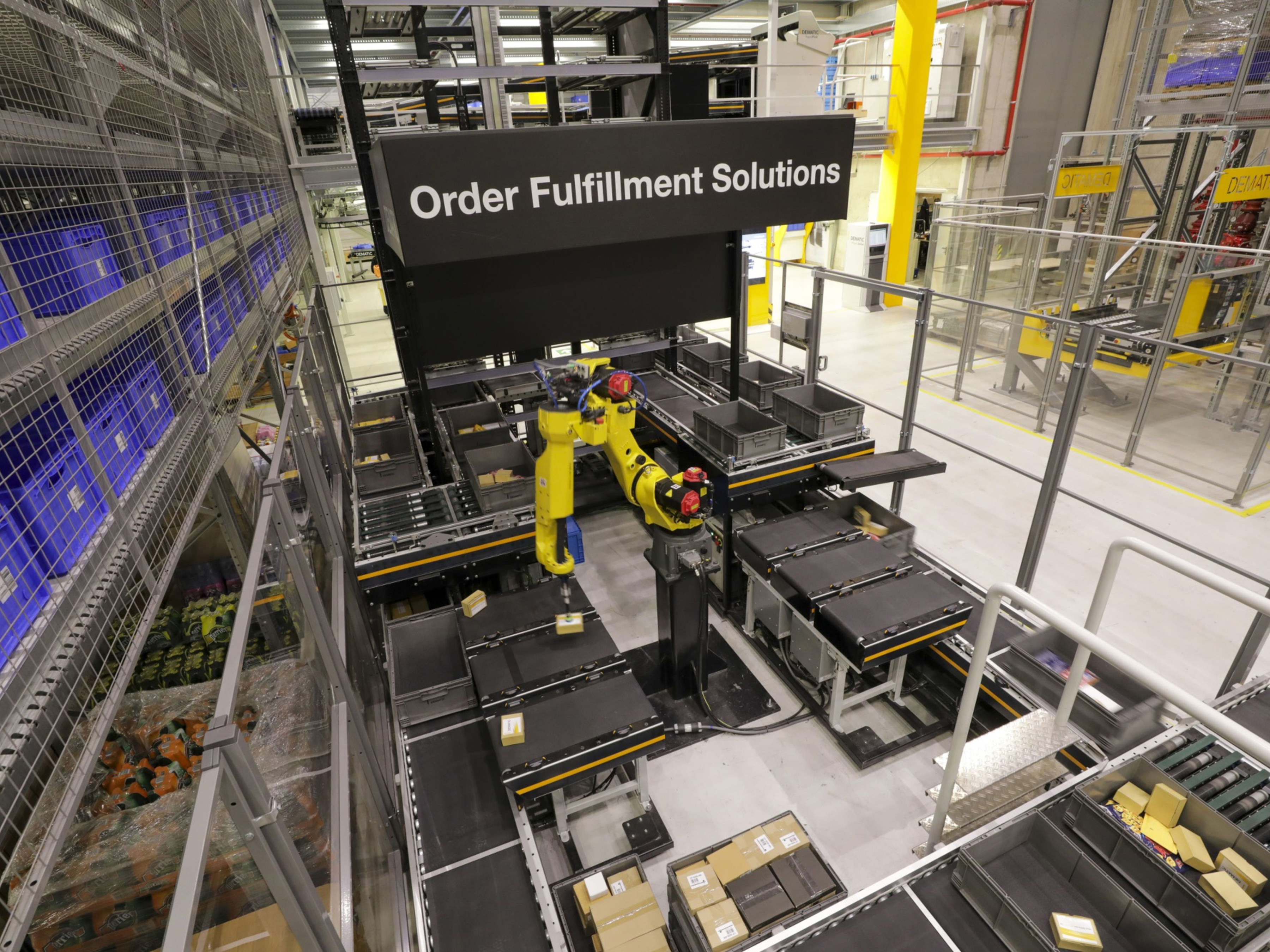
Visit Our Sponsors |
|
|
|
|
|
|
|
|
|
|
|
|
|
|
|
|
|
|
|
|
|
|
|
|
|
|
|
|
|
|
|
|
|
|
|
|
|
|

The cost base for many distribution centers continues to grow significantly out of whack with the ability to drive profitability. Due to historically low unemployment and shifting workplace values, there won’t be enough labor to support the scaling of activities. To address this shortage, companies will need to drastically reimagine their operations.
Companies can start by looking at labor differently. They can narrow the labor gap by creating better employee incentives, such as cafes and daycare options, as well as alternative pools of labor, such as stay-at-home moms, retirees, and workers with disabilities. Operational tweaks made for new workers from alternative labor pools have the hidden benefit of forcing DCs to reassess their operations and simplify activities, an effort that can lead to more efficient strategies. This in turn can reduce training time, and potentially provide a quicker return on investment.
While reimagining labor is a step in the right direction, the kind of fulfillment cycle speed needed to compete with market disruptors and their next-day shipping promises is hard to achieve without some level of automation. With automation, companies can reduce their reliance on labor and reallocate the workers they do have to more value-added tasks within the DC. Automation can provide the fulfillment speed, reliability and accuracy that is critical for modern-day businesses.
Automation and improved service capability also have the potential to tip the scales and help businesses differentiate themselves in a competitive marketplace. It enables improvements in service capabilities (including speed and accuracy), better use of space, and ultimately the ability to better deliver on brand promises.
Pilot programs are a good way to make sure that investments in automation technologies meet specific business goals. Solutions that promise to hit a certain machine rate or drive selected volumes through the facility are worth considering; however, while those key performance indicators are good for evaluating technologies, they don’t necessarily roll up to overall improved facility performance.
To successfully pivot into automation, companies must view it not as a fast fix, but as a way to impact strategic and financial objectives now and in the future. In other words, automation must become part of a larger strategic conversation between the company, its board of directors, and other stakeholders. The real value of automation comes from the integration of an overall end-to-end approach — not just point solutions — that marries the right technologies and advanced software in a manner that maximizes the business case.
Outlook
More than ever, the supply chain must adapt to a challenging and fast-changing environment. Labor availability and costs are just two of the top challenges that business leaders will continue to face in the near term. Companies must look for new strategies to recruit, retain and utilize labor resources, while reducing their overall dependence on labor. Investing in automation in a way that aligns with strategic business goals is essential to ensuring that companies continue to thrive, despite increasing pressure on margins and rising customer expectations.
Andrew Breckenridge is executive vice president at Fortna Inc.
RELATED CONTENT
RELATED VIDEOS
Timely, incisive articles delivered directly to your inbox.

